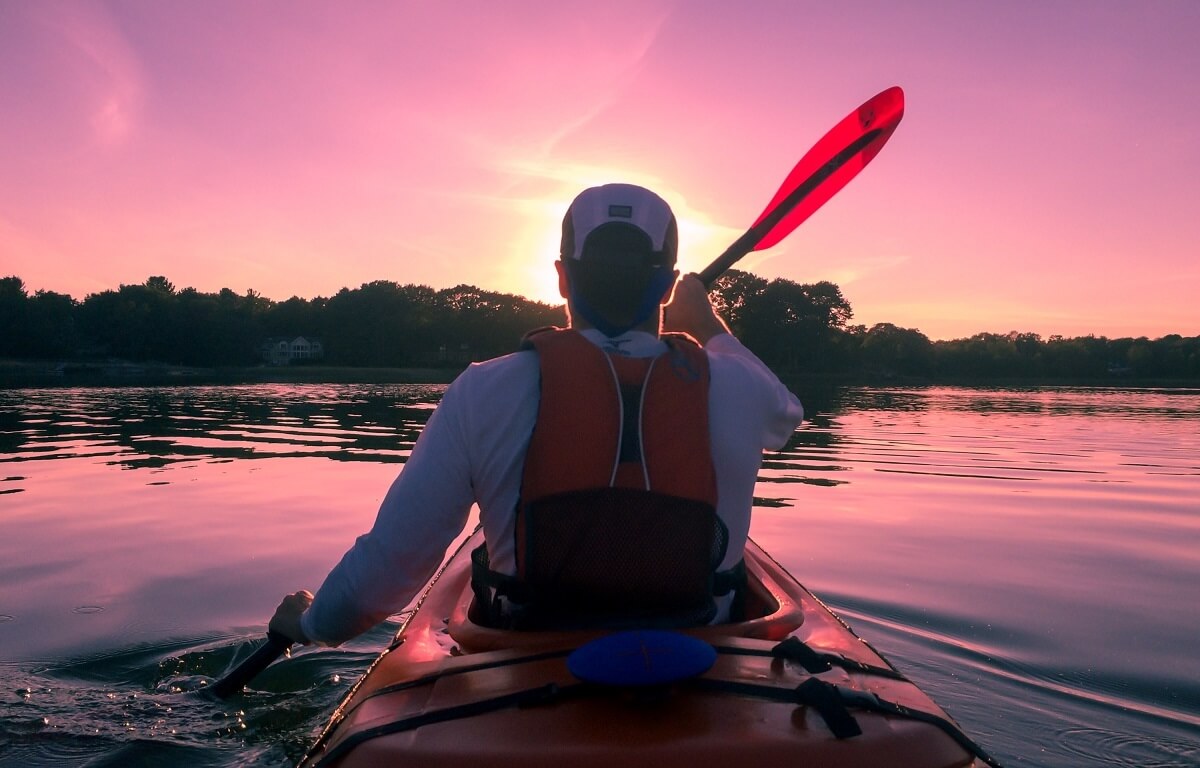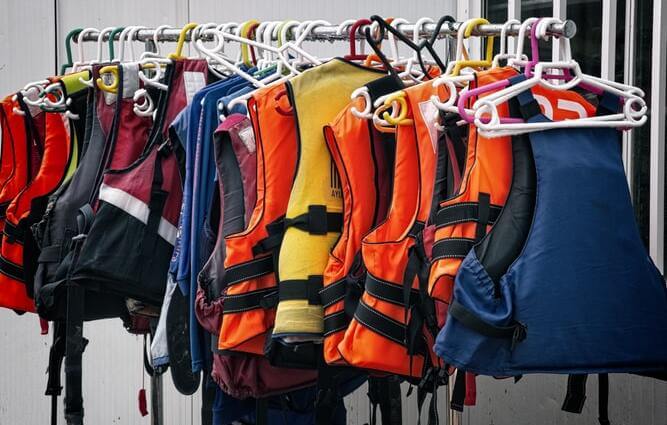Personal Flotation Devices (PFDs) are like seat belts for boats. The US Coast Guard advises that all boat owners have PFDs onboard and that everyone on the boat should have one on. But there’s a lot more to PFDs than just buoyancy. Ensuring you’re more informed can make a world of a difference, and may even save you in a life and death situation.
The Dos
Always have one on
Not wearing your PFD at all times on a boat can have dire consequences if something unexpected were to happen. Ideally, your Personal Flotation Device should be so comfortable that you don’t feel the need to take it off at any point.
Know the types
Personal Flotation Devices have five main types, each offering different functions and features.
Type I is the most useful in different types of water, as it offers the most versatility. It has the added benefit of turning an unconscious wearer upwards, but it tends to inhibit your full range of movement.
Types II and III provide similar features. Type IV PFDs are not meant to be worn and serve the sole purpose of providing support to a distressed person who’s fallen overboard.
Always have it onboard
Not only is it advised, we’d argue it’s essential to have PFDs onboard at all times. You should have a stock of PFDs stowed away for everyone who’s on the boat, regardless of age or experience.
Get your kids one too
In fact, children are at the highest risk on boats and need to be protected. Children, especially those under 5 years of age, should wear their Personal Flotation Devices at all times when they’re onboard. Their life jacket will help keep them afloat if they happen to fall overboard and keep their head from going underwater!
Stand out
While life jackets come in different colors, you’ll usually see the classic yellow, orange, or red ones. That’s because warm colors stand out and become more visible against the cool-toned backdrop of water. It’s advised to get PFDs in colors that pop.
The Don’ts
Wear the wrong size
PFDs can be rendered useless for you if you’re wearing the wrong size. Make sure your PFD feels comfortable and secure when you’re strapped in, but still allows you a full range of motion. Wearing the wrong size can be detrimental for your safety, and that of your children, especially since they may not be able to protect themselves any other way.
Don’t misuse them
Given the cushiony nature of PFDs, people sometimes end up using them to kneel on or rest their back against. This can be damaging for your Personal Flotation Device and could lead to decreased functionality when you need it most.
Use them for the wrong thing
While Types I, II, and III are made to be worn whenever you’re on a boat and offer basic protection, there are some that are made specifically for certain activities. Type V flotation devices are intended to be used for kayaking, water-surfing, and other water sports. Their special features allow them to be worn in extreme weathers and are the most lightweight of the options.
It’s important to wear the right kind of PFD for your activity so you can enjoy the protection you need.
Skip out on after-care
In order to get the best use out of your PFDs, regular maintenance is imperative. Air-drying them after each use and checking on the functionality of the straps and buckles will ensure buoyancy for a long time!
Personal Flotation Devices are just one aspect of boat safety; learn everything you need to know from our online boating safety course. Go through Boater’s Academy’s free study guide and get certified. Find out if our boat safety certificates are available in your state.




